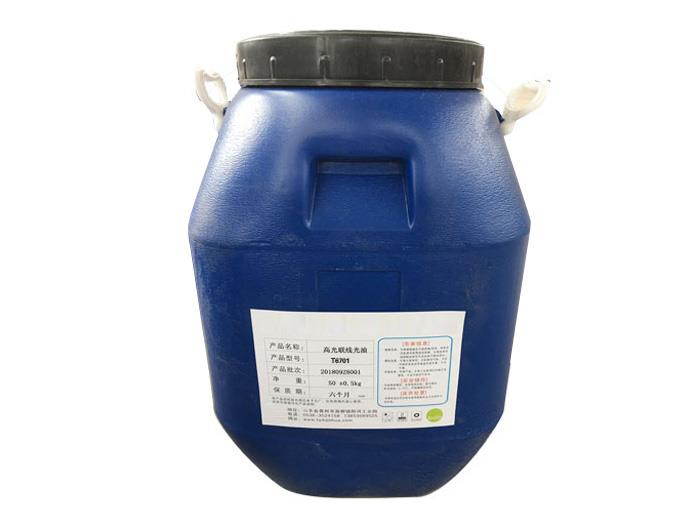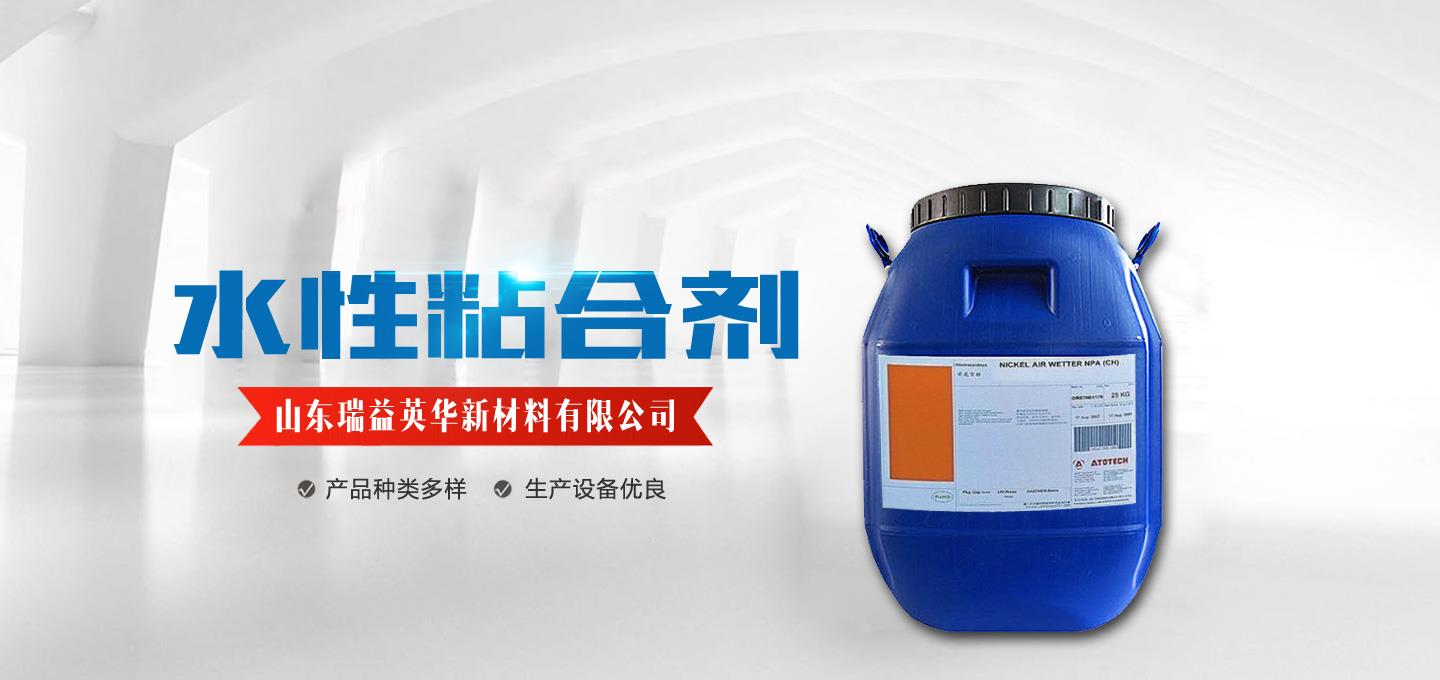0010010 nbsp; 0010010 nbsp;Water-based varnishCommon faults and troubleshooting methods are as follows:
0010010 nbsp; 0010010 nbsp; 0010010 nbsp; First, the gloss is not good, the brightness is not enough
0010010 nbsp; 0010010 nbsp; 0010010 nbsp; cause of failure:
0010010 nbsp; 0010010 nbsp; 0010010 nbsp; A. The paper is too coarse and the permeability is too strong;
0010010 nbsp; 0010010 nbsp; 0010010 nbsp; b. Insufficient coating amount, the coating is too thin;
0010010 nbsp; 0010010 nbsp; 0010010 nbsp; c, glazing 0010010 nbsp; oil viscosity is too small, solid content is too low;
0010010 nbsp; 0010010 nbsp; 0010010 nbsp; d. The ink on the surface of the printed matter is not dry;
0010010 nbsp; 0010010 nbsp; 0010010 nbsp; e. The internal quality of water-based varnish is poor;
0010010 nbsp; 0010010 nbsp; 0010010 nbsp; Solution:
0010010 nbsp; 0010010 nbsp; 0010010 nbsp; a. Properly increase the viscosity of varnish;
0010010 nbsp; 0010010 nbsp; 0010010 nbsp; b, increase the amount of coating;
0010010 nbsp; 0010010 nbsp; 0010010 nbsp; c. The ink should be fully dried before polishing;
0010010 nbsp; 0010010 nbsp; 0010010 nbsp; d. The paper is too thick, you can apply a layer of primer first;
0010010 nbsp; 0010010 nbsp; 0010010 nbsp; e. Replace the water-based varnish with better quality

0010010 nbsp; 0010010 nbsp; 0010010 nbsp; Second, poor drying, sticky surface
0010010 nbsp; 0010010 nbsp; 0010010 nbsp; cause of failure:
0010010 nbsp; 0010010 nbsp; 0010010 nbsp; a. The water-based varnish is too thick;
0010010 nbsp; 0010010 nbsp; 0010010 nbsp; 0010010 nbsp; 0010010 nbsp; 0010010 nbsp; b, varnish viscosity is too high;
0010010 nbsp; 0010010 nbsp; 0010010 nbsp ;, drying tunnel temperature and hot air are insufficient;
0010010 nbsp; 0010010 nbsp; 0010010 nbsp; d. The coating pressure is uneven, and the local coating is too thick;
0010010 nbsp; 0010010 nbsp; 0010010 nbsp; e. The machine speed is too fast, especially when the substrate surface is not absorbent;
0010010 nbsp; 0010010 nbsp; 0010010 nbsp; Solution:
0010010 nbsp; 0010010 nbsp; 0010010 nbsp; a. To reduce the viscosity of varnish, use 50% ethanol aqueous solution as diluent;
0010010 nbsp; 0010010 nbsp; 0010010 nbsp; b, reduce the coating amount appropriately;
0010010 nbsp; 0010010 nbsp; 0010010 nbsp; c. Adjust the pressure to make the coating even and consistent;
0010010 nbsp; 0010010 nbsp; 0010010 nbsp; d. Increase the amount of hot air and increase the temperature of the drying tunnel;
0010010 nbsp; 0010010 nbsp; 0010010 nbsp; e, reduce the speed appropriately;
0010010 nbsp; 0010010 nbsp; 0010010 nbsp; f, replace the quick-drying water-based varnish;
0010010 nbsp; 0010010 nbsp; 0010010 nbsp; 3. Uneven coating on the surface, with streaks and orange peel
0010010 nbsp; 0010010 nbsp; 0010010 nbsp; cause of failure:
0010010 nbsp; 0010010 nbsp; 0010010 nbsp; a, varnish viscosity is too high;
0010010 nbsp; 0010010 nbsp; 0010010 nbsp; b. The coating amount of varnish is too large;
0010010 nbsp; 0010010 nbsp; 0010010 nbsp; c, inappropriate adjustment of coating pressure;
0010010 nbsp; 0010010 nbsp; 0010010 nbsp; d. The surface of the coating roller is too rough and not smooth;
0010010 nbsp; 0010010 nbsp; 0010010 nbsp; e, varnish dries too fast;
0010010 nbsp; 0010010 nbsp; 0010010 nbsp; f, poor varnish leveling;
0010010 nbsp; 0010010 nbsp; 0010010 nbsp; g. The ink does not dry and repels water-based varnish. 0010010 nbsp;
0010010 nbsp; 0010010 nbsp; 0010010 nbsp; Solution:
0010010 nbsp; 0010010 nbsp; 0010010 nbsp; a. Adjust the coating pressure to make the coating uniform;
0010010 nbsp; 0010010 nbsp; 0010010 nbsp; b. The coating roller is rough, aging or deformed, and should be reground or remade;
0010010 nbsp; 0010010 nbsp; 0010010 nbsp; c. The ink should be fully dried before polishing;
0010010 nbsp; 0010010 nbsp; 0010010 nbsp; d, reduce the viscosity of varnish appropriately;
0010010 nbsp; 0010010 nbsp; 0010010 nbsp; e, reduce the coating amount appropriately
0010010 nbsp; 0010010 nbsp; 0010010 nbsp; f. Replace the water-based varnish with good leveling.
0010010 nbsp; 0010010 nbsp; 0010010 nbsp; Fourth, the wear resistance is not good 0010010 nbsp;
0010010 nbsp; 0010010 nbsp; 0010010 nbsp; cause of failure:
0010010 nbsp; 0010010 nbsp; 0010010 nbsp; a. The dilution is too large;
0010010 nbsp; 0010010 nbsp; 0010010 nbsp; b. The waterborne varnish itself has poor wear resistance.
0010010 nbsp; 0010010 nbsp; 0010010 nbsp; Solution:
0010010 nbsp; 0010010 nbsp; 0010010 nbsp; a, reduce the amount of dilution;
0010010 nbsp; 0010010 nbsp; 0010010 nbsp; b. Choose varnish with good wear resistance.
0010010 nbsp; 0010010 nbsp; 0010010 nbsp; V. Discoloration of water-based varnish 0010010 nbsp;
0010010 nbsp; 0010010 nbsp; 0010010 nbsp; cause of failure:
0010010 nbsp; 0010010 nbsp; 0010010 nbsp; a. Too little resin (linking material) in the ink, the pigment particles lose their protection and become free
0010010 nbsp; 0010010 nbsp; 0010010 nbsp; b. Varnish can dissolve the ink layer.
0010010 nbsp; 0010010 nbsp; 0010010 nbsp; Solution:
0010010 nbsp; 0010010 nbsp; 0010010 nbsp; a. Use pigment to be fully wrapped with resin ink;
0010010 nbsp; 0010010 nbsp; 0010010 nbsp; b. Choose an aqueous varnish that does not dissolve ink.
Related News
- How to choose a better quality glue
- What are the characteristics and precautions of window glue?
- What are the uses of aluminum foil tape?
- What should be paid attention to when using water-based varnish?
- What are the advantages of water-based varnish?
- What factors affect the gloss of water-based varnish
- Reasons and solutions for spotting of aluminum coating film glue
- Why does the internal stress of the glue cause displacement of the compounding of the aluminized film glue?
- Brief introduction of aluminum foil adhesive
- Common anomalies and application of box glue
- How to use water-based varnish correctly?
- Precautions when using water-based varnish
- Brief introduction of pure water-based sealant
- The advantages of window glue and product use
- Viscosity is a very important performance index of acrylic emulsion


